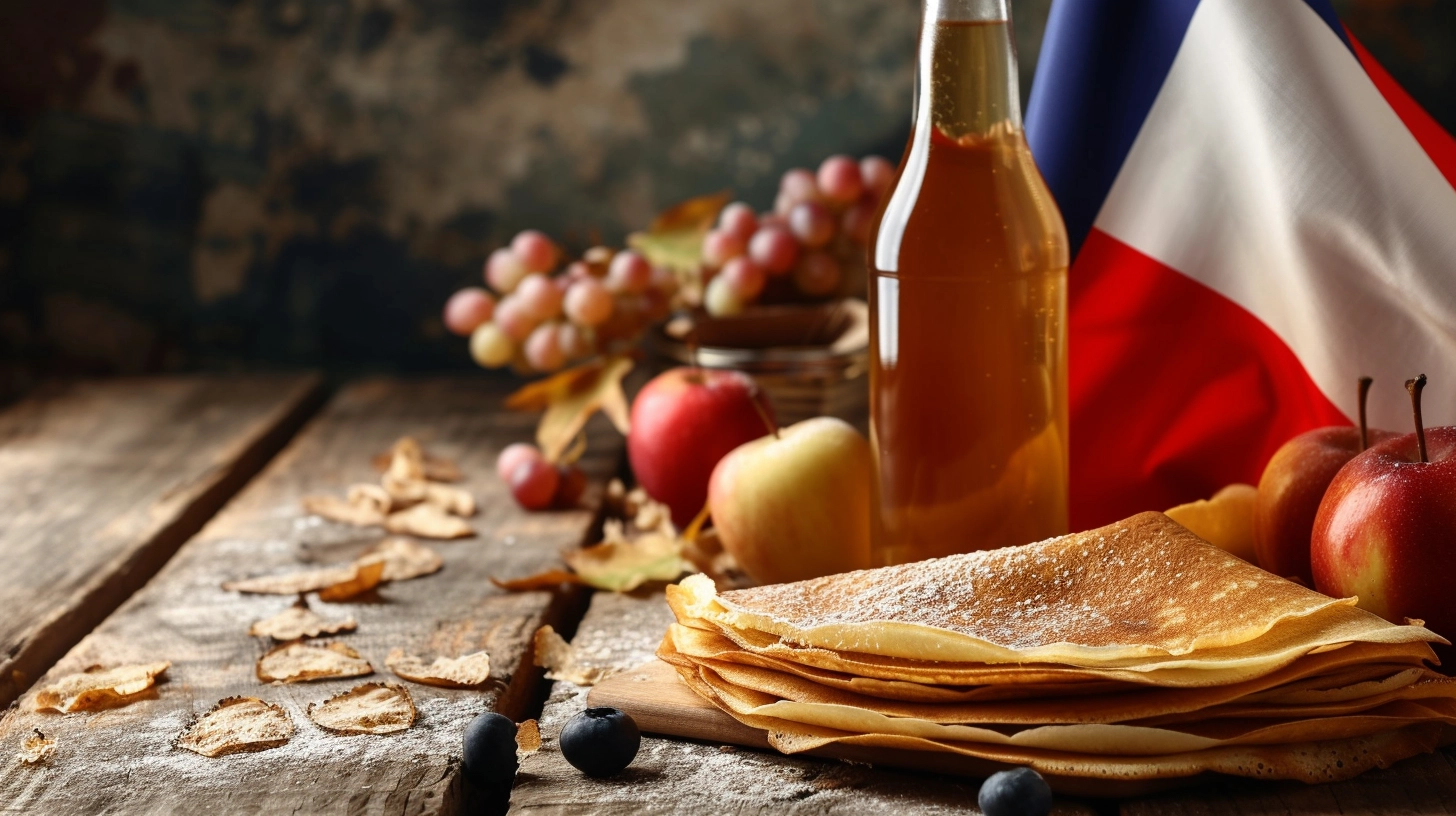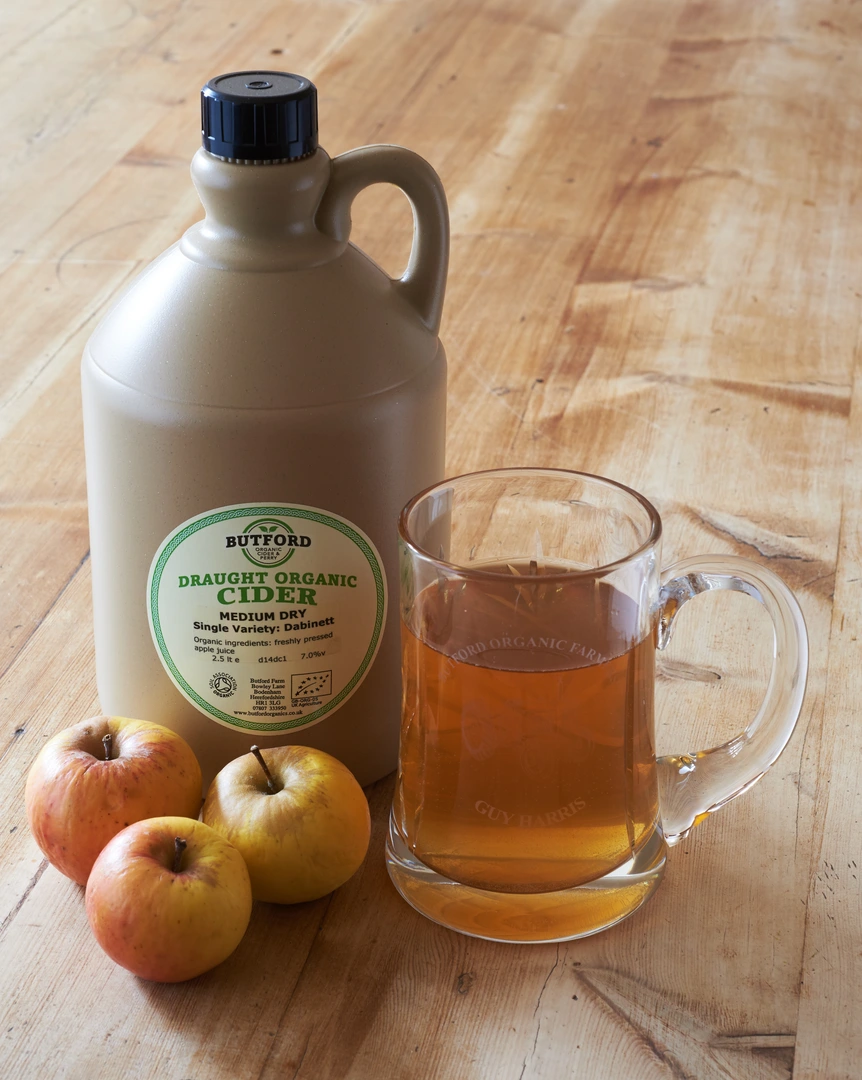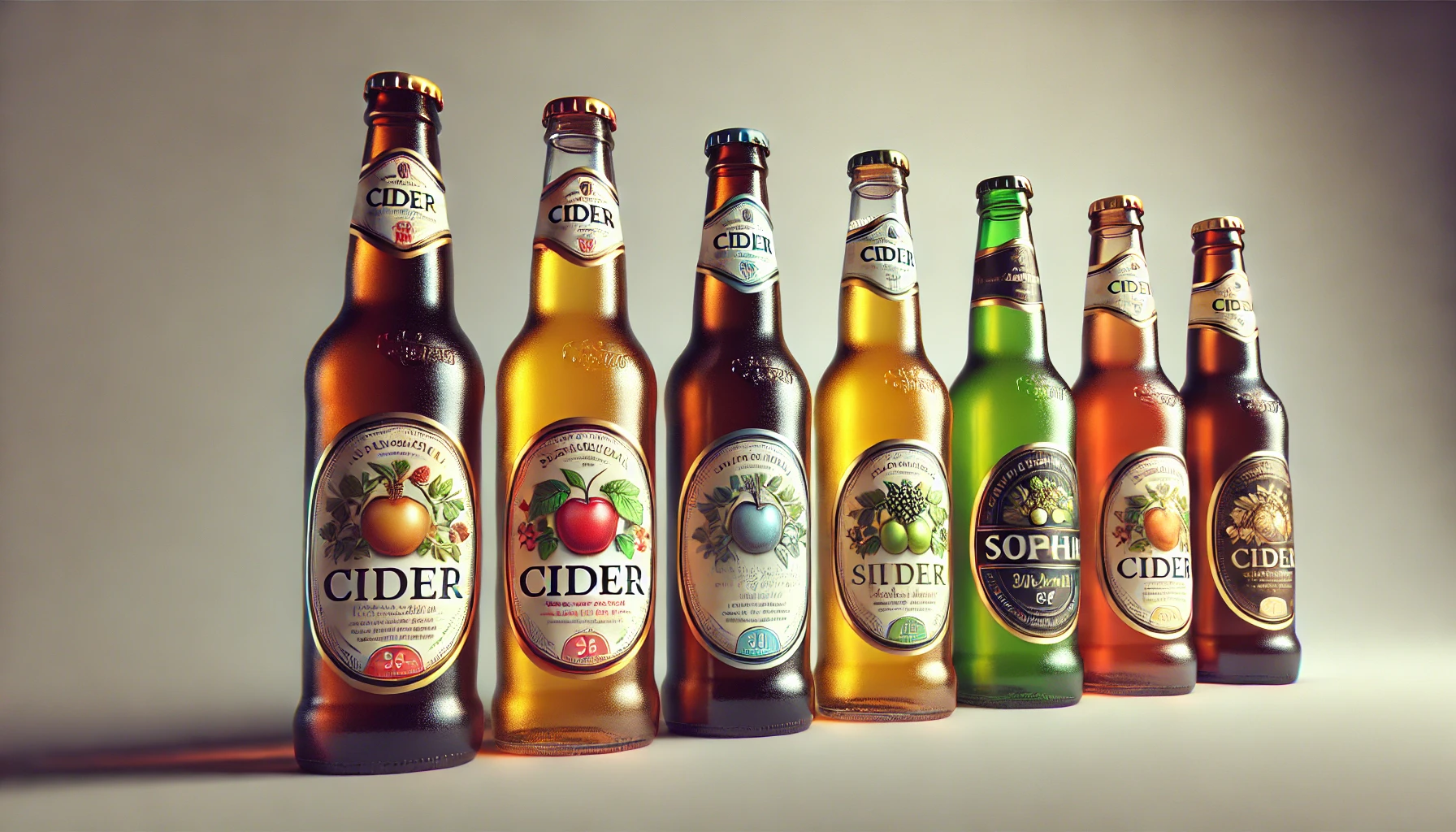The History of Cider in France
It has a long history, with locals learning apple farming from the Celts and Romans in ancient times. Famous people like Charlemagne helped spread the importance of apple trees and making cider. By the 9th century, cider had become a staple with an increase in apple orchards in Northern France. As a result, a tradition of cider-making began in the country.
The Making of French Cider
Traditional Production Methods
Ciders in France come from carefully chosen apples and pears. They are crushed, pressed, and fermented for different amounts of time to create various cider styles. The “méthode traditionnelle” is commonly used, especially for making sparkling ciders. They are sealed in champagne-style bottles called “cidre bouché” to highlight their quality and complexity.
Varieties of French Cider
The varieties, such as the sweet “Cidre Doux,” semi-sweet “Demi-Sec,” and the dry “Cidre Brut,” showcase a wide range of flavours that can cater to everyone’s taste palate. Not to mention the specialty drinks like “pommeau,” a blend of cider and apple brandy, and the regional delicacies from the Basque Country and Normandy’s Domfrontais region, famous for its pear cider (poiré) and the esteemed calvados, a spirit distilled from cider similar to cider brandy.
Experiencing French Cider
Tasting Notes and Profiles
French cider’s flavor profile is as varied as the types of apples used, offering a range from fruity and floral to earthy and spicy. This diversity is a testament to the rich agricultural heritage of Normandy and Brittany, regions with a designation of origin for their ciders, reflecting the local terroir and the cider maker’s craftsmanship.
How to Serve and Enjoy French Cider
Serving the cider at 8 – 12 degrees in a tulips glass enhances its aroma, making each sip delightful. In Brittany, people use ceramic bowls or cups to serve drinks, especially in creperies, for a special experience.
Food Pairing with French Cider
It pairs well with a variety of foods, like cheese and crepes, making it a great culinary partner. Its bubbly and sourness balances heavy, creamy tastes, making it great with different foods like fish and chicken.
French Cider Regions
The exploration of cider-producing regions like Normandy and Brittany reveals a tapestry of flavors influenced by each area’s climatic conditions and apple varieties. These areas, including the growing cider industry in the Basque Country, show the variety and creativity in French Cider.
Buying and Storing French Cider
Where to Find French Cider
French cider is becoming more popular and easier to find worldwide, in stores, online, and in some supermarkets. To choose a cider that suits your taste, consider the producer, its origin, and the type of cider.
Storage and Preservation
To store French cider well, keep unopened bottles in a cool, dark place with a steady temperature to maintain its quality. Once opened, it’s best to consume cider within a few days, storing it in the refrigerator to maintain its freshness.Dry vs Sweet Cider: Understanding the Complete Spectrum





